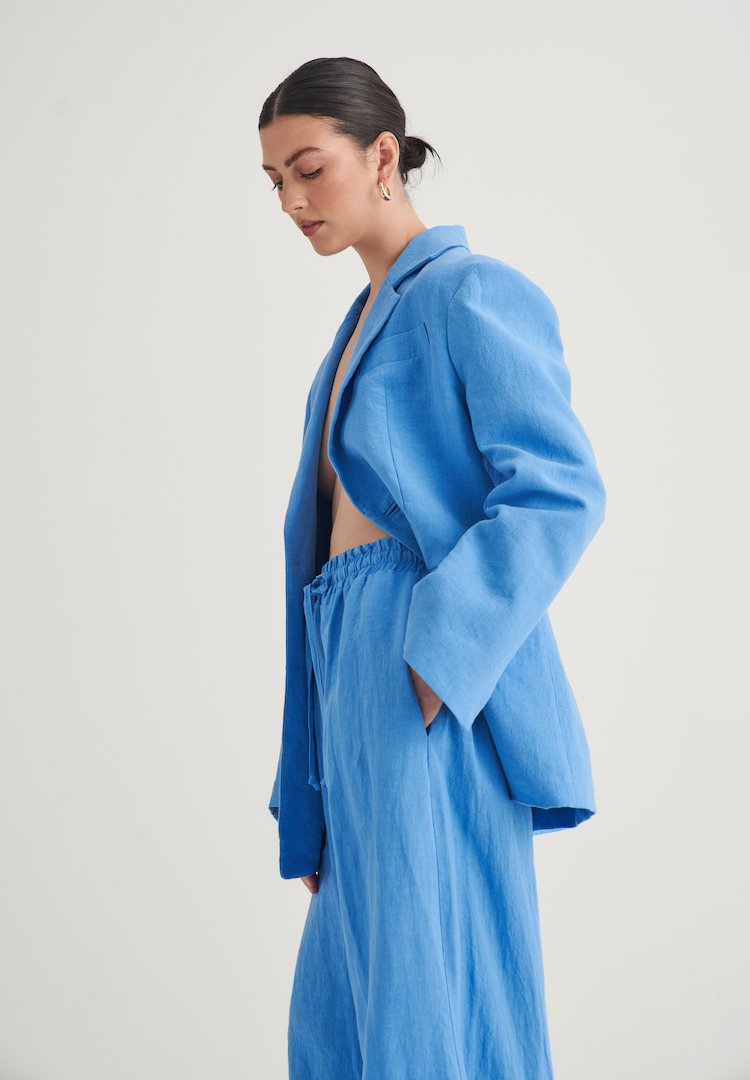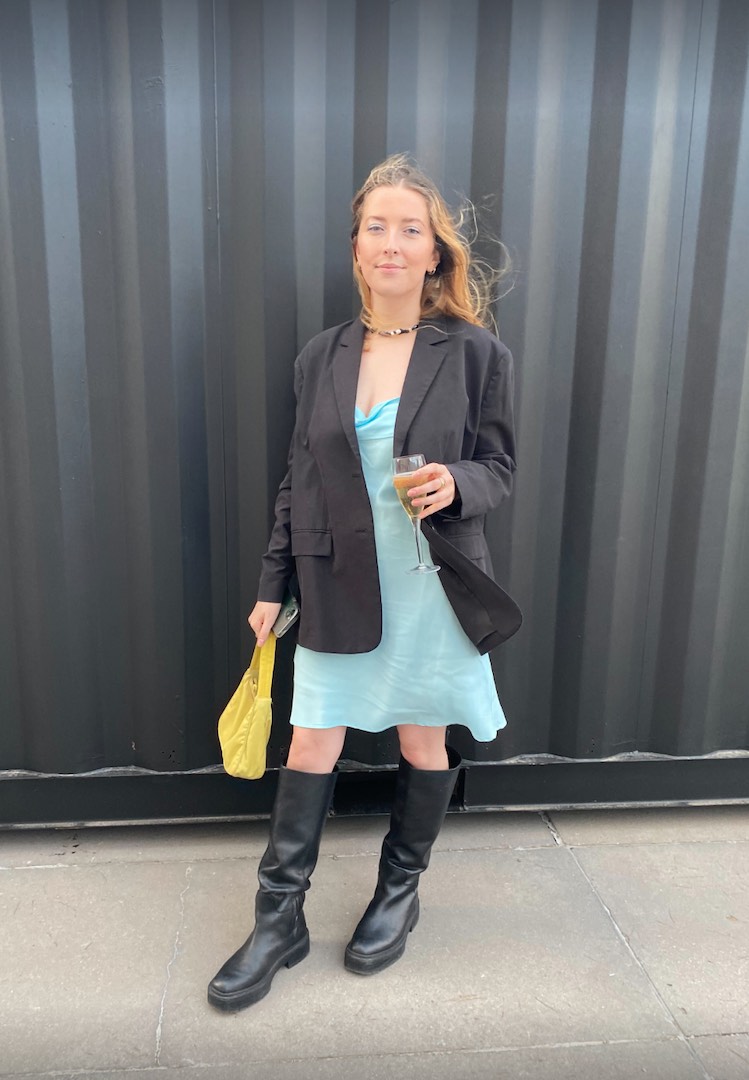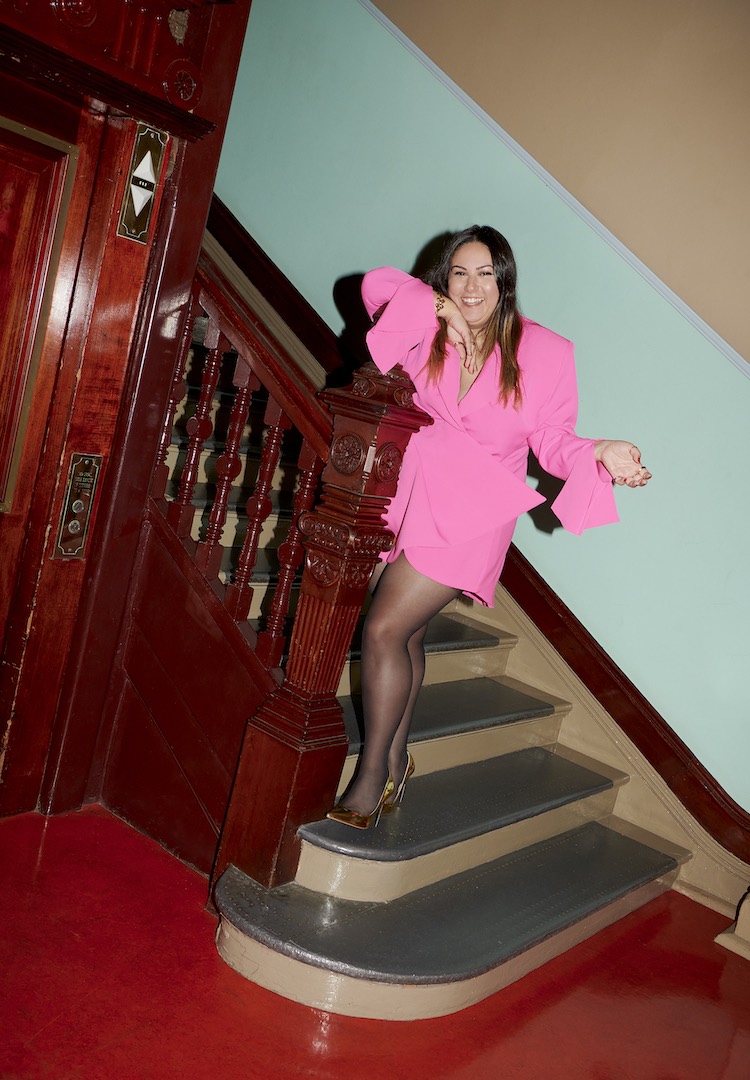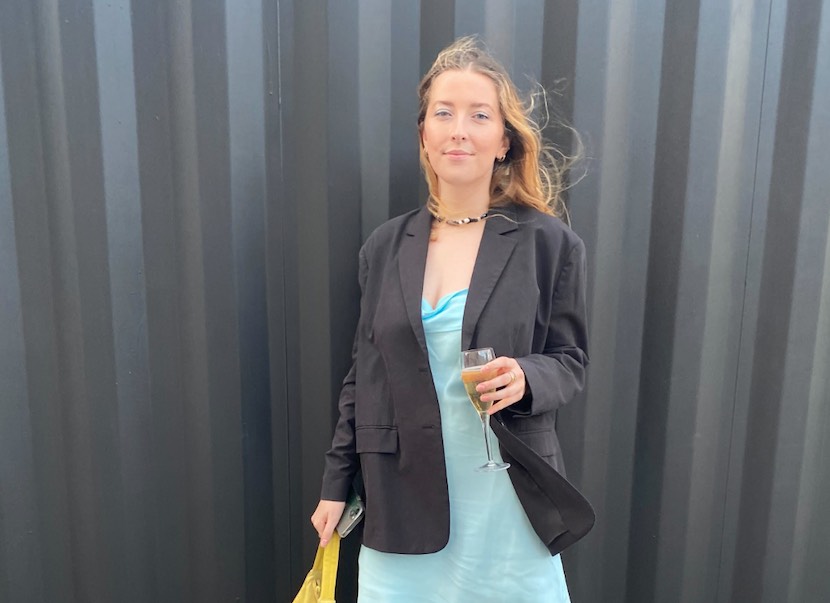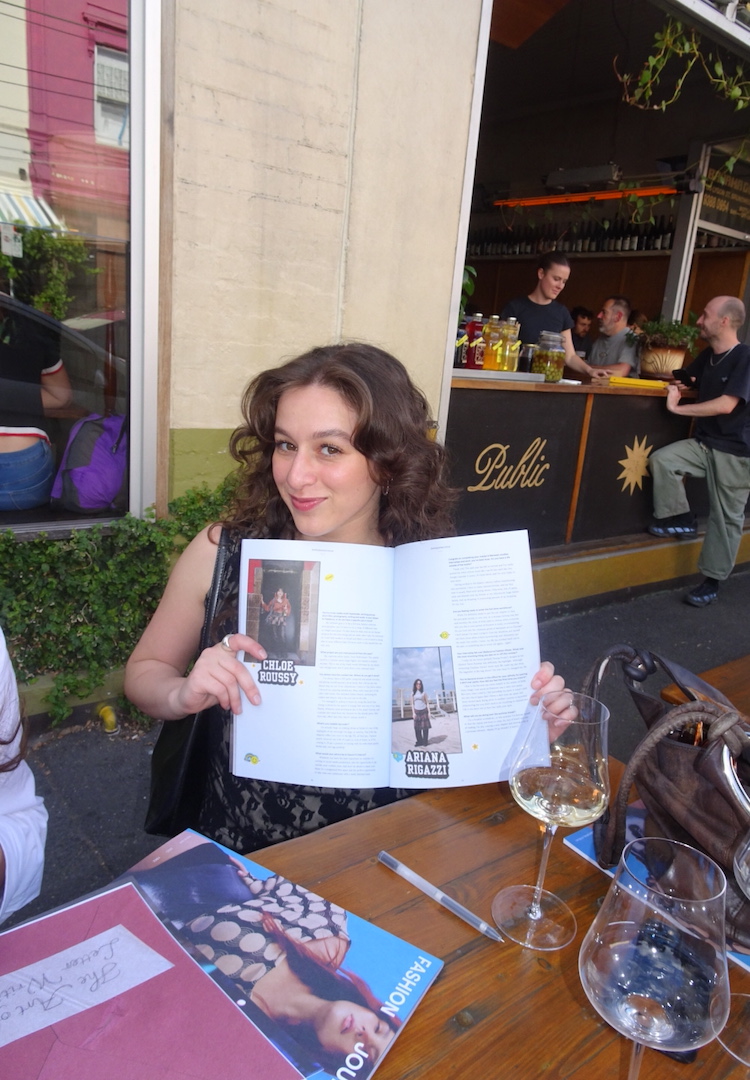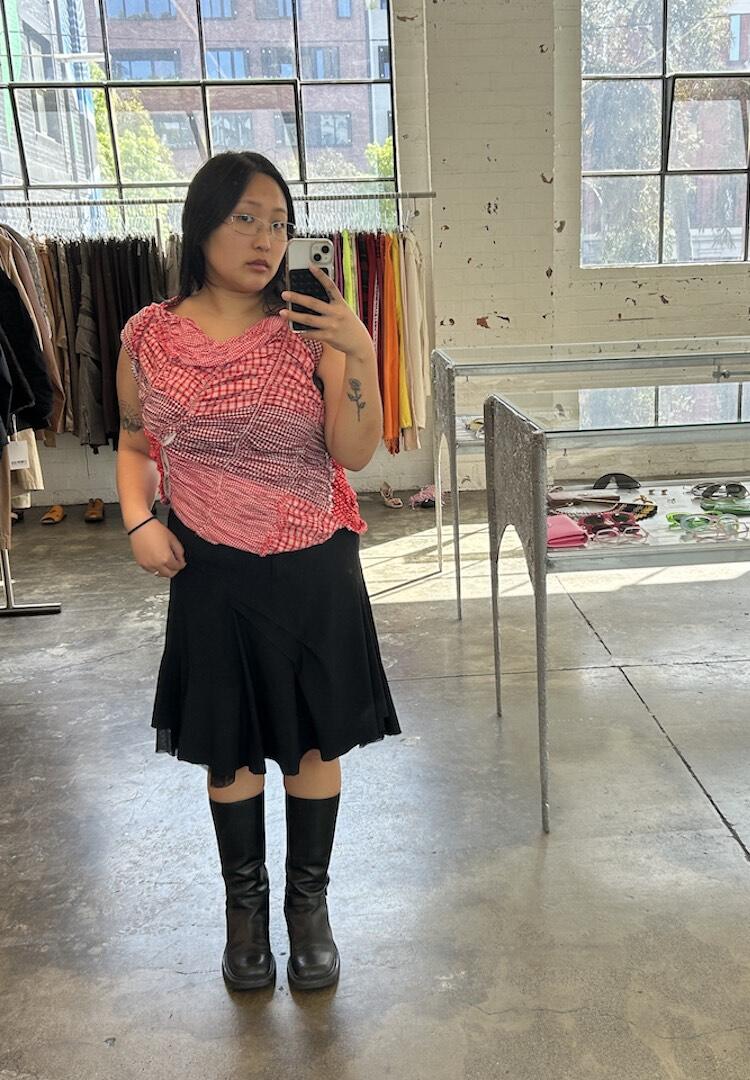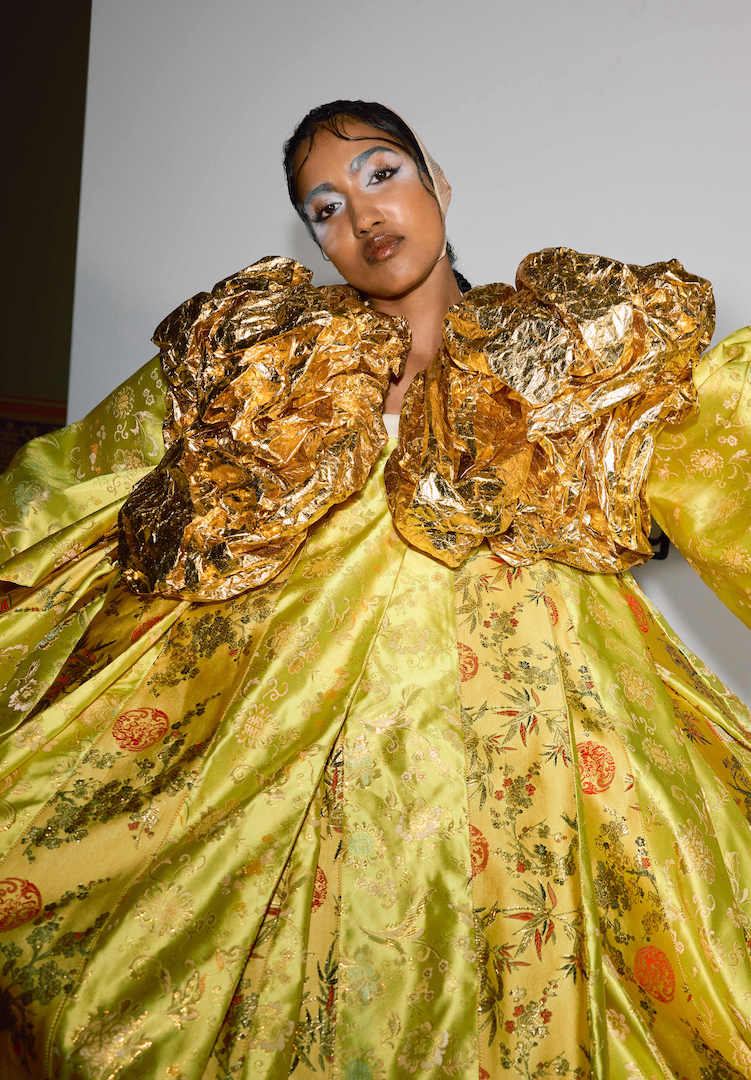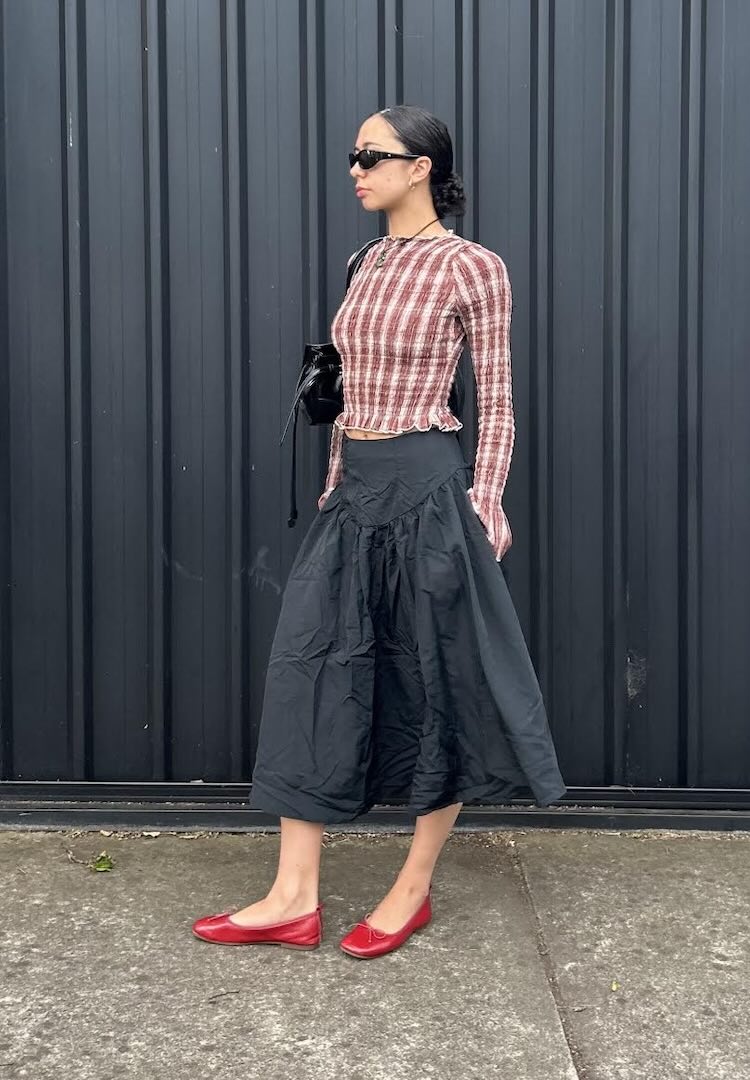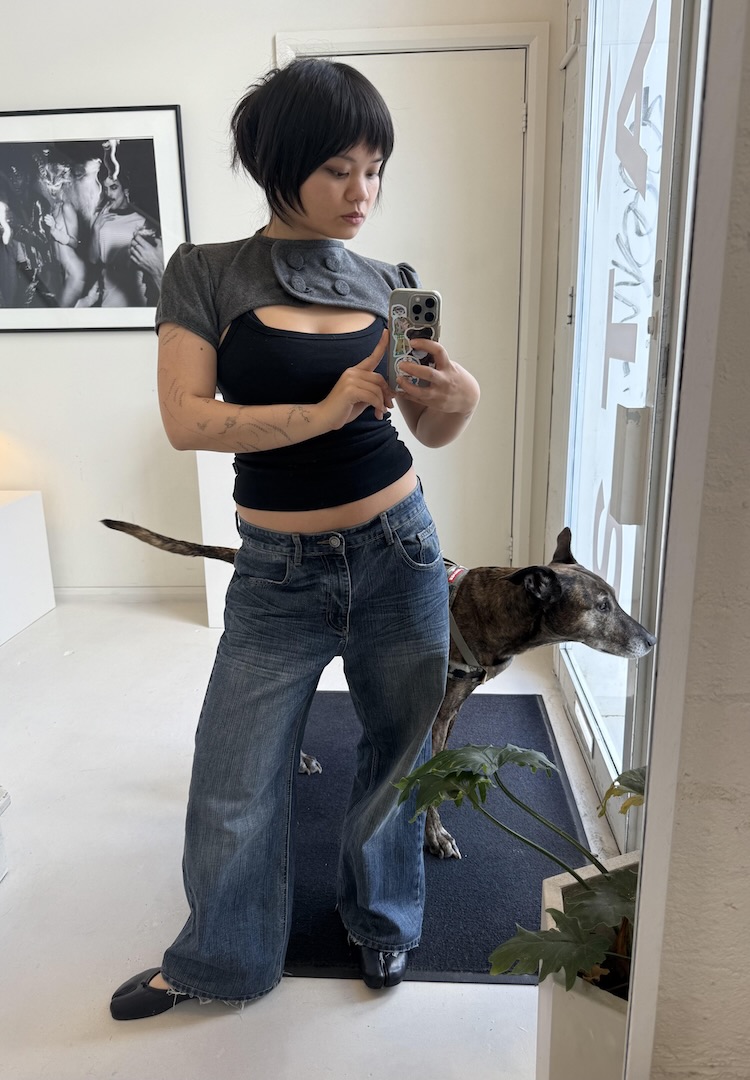I styled rental clothing with my regular wardrobe for a week, here’s how it went
WORDS BY CAIT EMMA BURKE
“I like that renting can act as a ‘try before you buy’ mechanism, encouraging consumers to think through their purchases a little more.”
I’m a notoriously picky shopper. You could put it down to me being a textbook indecisive Libra, but I really believe shopping in 2023 is an overwhelming endeavour. I know I’m not alone in feeling like this. With so many labels, styles and micro trends flying around, it can be difficult to ascertain which items are actually your style and will get enough wear, and which items you’ve been conditioned into liking thanks to trend-pushing platforms like TikTok and Instagram.
Working in fashion only compounds this issue. I’m paid to look at and write about clothes five days a week (I’m not complaining, I obviously love it), but it means making that final decision shopping-wise can prove difficult. A hack I’ve found, particularly during fashion weeks packed with work events that each require me to look presentable, is renting clothing.
Looking for more ways to procrastinate? We’re with you. Come on over to our Fashion section.
Renting clothing is great for many reasons; it’s kinder to the planet and encourages designers and brands to create clothing with circularity in mind. And, as I recently discovered, it streamlines the getting ready process and allows you to try new silhouettes and styles without the financial investment of buying them outright.
At this year’s PayPal Melbourne Fashion Festival, I challenged myself not to buy anything new and instead rented some key pieces I hoped would inject new life into my wardrobe. I opted to rent through Rntr., a platform founded by Shanya Suppasiritad in 2021 that stood out to me due to its curation of locally made, sustainably minded labels.
Shanya used to work as a personal stylist and tells me she knows “the impact clothing can have on an individual”. But it wasn’t until she saw the documentary The True Cost that she began to realise the real environmental and ethical impacts of the fashion industry.
“Rntr. came about because I could see that consumer behaviour was shifting towards more responsible consumption methods (the rental and recommerce market was and is growing exponentially) however fashion brands were getting left behind. I saw a gap in the market and knew that for the industry to make impactful changes, brands would have to get on board. So I created a brand-inclusive recommerce solution that can change the industry on a large scale with minimal effort,” she says.
Demand for rental clothing is on the rise and Shanya tells me 50 per cent of their renters have never rented anywhere else before and opted for her platform because it allows them to rent directly from their favourite brands. With labels like Arnsdorf, Nique, Esse, Madre Natura, A.BCH and Ramp Tramp Tramp Stamp, it’s not hard to see why fashion-savvy Australian consumers would be drawn to Rntr.
For PayPal Melbourne Fashion Festival’s opening night, I rented a dress from Ramp Tramp Tramp Stamp that I’ve had my eye on for a while. I didn’t want to bite the bullet and purchase it just yet, because I wasn’t sure what the fit would be like and whether it would suit me. I styled it with a pair of Arnsdorf pants I already owned (we love a dress over-pants moment) and secondhand heels and accessories.
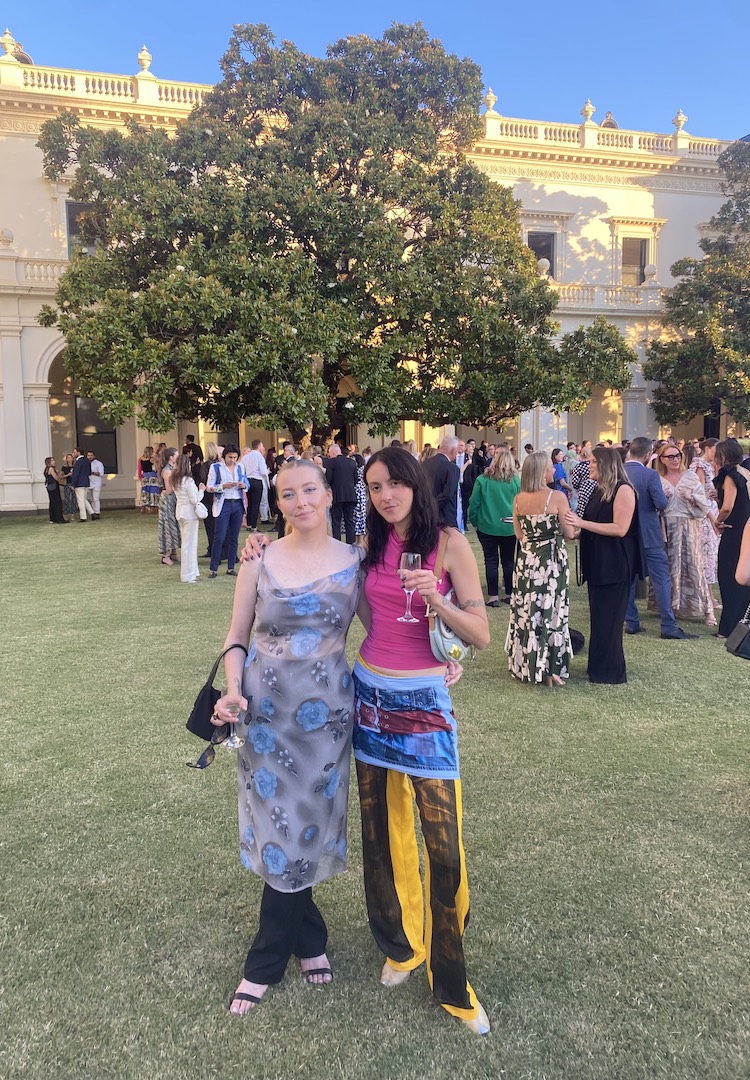
I like that renting can act as a ‘try before you buy’ mechanism, encouraging consumers to think through their purchases a little more. It can be incredibly tempting to buy a new outfit for every big-ticket event you have on your social schedule but I know all too well how quickly that can lead to a wardrobe full of pieces you find difficult to wear.
As it turns out, renting the Ramp Tramp Tramp Stamp dress made me realise I do want to purchase it – the fit on my body was much better than I expected, and by wearing it for a night, I was able to gauge how comfortable and easy to style it was. Later on in the Festival, I had several runways to attend, a panel to host and a panel I was a guest on so I was thankful I also opted to hire a tailored black suit from Melbourne label Nique and a teal silk slip dress from Arnsdorf, also a Melbourne label.
The Nique pants were an absolute godsend; they worked with practically everything in my wardrobe and were comfortable (a very important factor when you’re talking on panels and sitting down for hours at a time). Throughout the week I paired the pants, slip dress and blazer with trusted pieces from my wardrobe like my Rejina Pyo white and blue long-sleeve mesh, yellow nylon Prada bag and Sam Edelman knee-high boots. I found having a suit on hand meant there were countless outfits I could put together at the last minute, while still looking somewhat pulled together.
Something to note, and a potential pitfall of renting, is that sometimes an item just isn’t what you expected. Whether it’s far too long (being 5’2 I had this issue with a couple of the other dresses I hired), too tight or just doesn’t look the way you expected, if you’re trying out a label’s clothing for the first time, this is something to keep front of mind.
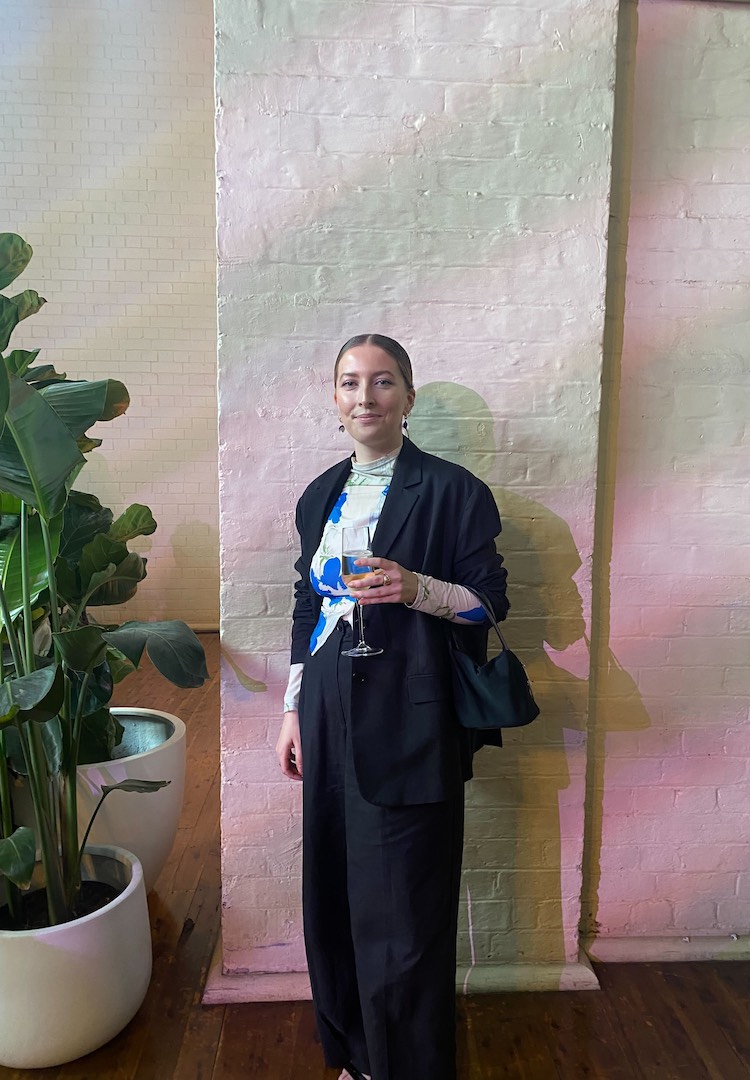
I was glad I mainly opted for pieces from labels I know well, like Arnsdorf, Nique and Ramp Tramp Tramp Stamp, because they each fit seamlessly into my wardrobe and were straightforward to style. There were a few dresses I hired that didn’t make the final cut, mainly because I wasn’t thinking straight when I selected them (a voluminous ruched green dress swallowed me whole and dragged along the ground even with my tallest pair of heels on).
If you’re renting for a longer period of time and want to wear your rental clothes on several different occasions, keeping the item’s versatility in mind is paramount. While much of the rental market is still events based – Shanya tells me over 80 per cent of Rntr’s consumers over the past 12 months were hiring for an event – a shift is slowly happening, and people are starting to see renting as a smart way to give clothing a test run. “Now that everyone is going back to work and going on holidays, people are now renting elevated everyday pieces for longer periods of time i.e. 14 to 30 days,” Shanya says.

Aside from the personal benefits of renting, she tells me the clothing rental industry has the potential to revolutionise the way fashion labels approach production by encouraging them to prioritise an item’s longevity, extending its overall life cycle. “What I personally think is very important and often gets overlooked is the use phase. While the production of new items increases year on year, the utilisation rate of each garment has been reduced by 40 per cent in the past 25 years. Most brands are jumping to find a solution for end of life but completely ignore the use phase which is to maximise the use of each item that has been produced.
“Rental and resale are allowing the utilisation of each garment to increase through usership rather than ownership. The key solution is brands stepping in to participate in the secondary market; once a brand takes back ownership, they also take back responsibility for the end of life. Through a recommerce economy, brands can earn more from an item [and] it can decrease the need for production of the new item over time.”
Find out more about Rntr here.

